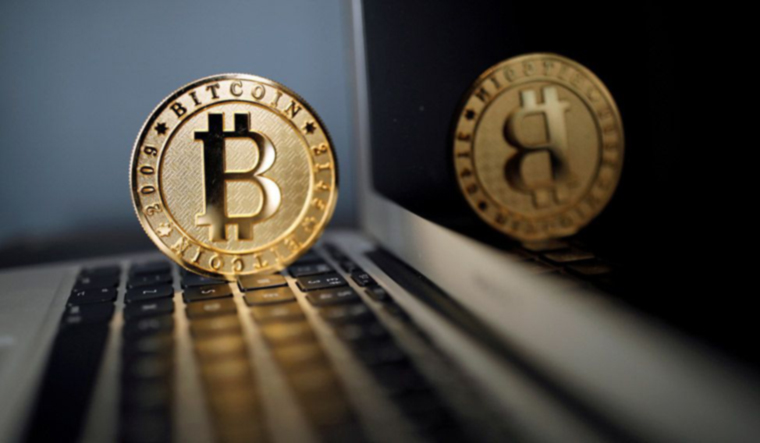Though many cryptocurrencies have recovered from Tuesday's sharp sell-off, high volatility is to remain.The global cryptocurrency market capitalisation is around $2.09 trillion-a decrease of 0.64 percent in the past 24 hours. Both Bitcoin and Ethereum dropped by more than 7 per cent in the past week with the overall cryptocurrency market dipping by around 15 percent worldwide on September 7.
The sell-off came after El Salvador declared Bitcoin to be legal tender. So should crypto investors be wary about cryptocurrencies given the high level of volatility? Experts with whom THE WEEK spoke feel that Bitcoin and crypto assets will continue to show volatility as they are still considered new assets in their nascent stage.
“Bitcoin and crypto asset classes will continue to show volatility due to many factors, [mostly due to] the regulatory view on investor protections behind the crypto asset class. Currently, fiat currency and fiat assets are backed by the guarantee of the central bank who keep pushing quantitative easing and keep pursuing the asset expansion, which is causing investors to heavily bet into equity class assets globally. This real asset class expansion is 500 times more than the size of the Bitcoin and crypto space,” remarked Sudin Baraokar, Global IT and Innovation Adviser.
This expert feels that investors must do a great amount of due diligence on the crypto space and must ensure that they understand all the risks involved as crypto and Bitcoin are not backed by anything or anybody. “The high level of volatility in Crypto currencies may wipe out the entire capital of investors if they do not have the risk management and risk appetite plan in place,” Baraokar added.
Experts do agree that one of the main drawbacks of Bitcoin and cryptocurrencies is their high level of uncertainty and volatility associated with them. “There are an equal number of people on both sides--those who love Bitcoins and those who feel it will have no value going forward. Youngsters who want to experience a high in trades seek volatile asset classes where its future has a potential to replace gold or the US dollar as a safe haven. On medium-term charts, Bitcoin seems to have made a lower top as long as the recent top of 53,000 is not breached. If this pattern plays out we could see Bitcoin falling towards the earlier low of 29,300 over time. Bitcoin could gain or lose popularity depending on whether more countries recognise it and encourage it or more and more countries talk about banning or discouraging it,” observes Deepak Jasani, Head of Retail Research, HDFC Securities.
Few experts also feel that it is absolutely normal for a new asset class such as Bitcoin and the crypto market which is still in its early stages to see such volatility in prices. “Price fluctuations have been part of the crypto market and most investors are aware of this volatility. Once the market matures, we might see more stable prices. Long term investors see this as another opportunity to get more bitcoins at a cheaper price,” pointed out Avinash Shekhar, Co-CEO of ZebPay.
A few market analysts say the steep fall in bitcoin prices is mainly due to the lack of liquidity in crypto markets, crypto assets have seen various cycles of price correction.
“Indian exchanges have reported an uptick in trading volumes. No one seems to be in a pensive mood in the cryptoverse. Peoples’ faith in digital assets would not be impacted by a few price debacles.
Solana, a new entrant on the layer-2 solution block, has seen unprecedented growth in its price. Solana has a market cap of 21 million and it has dethroned Musk’s favorite Dogecoin to become the world’s seventh largest cryptocurrency. The way Solana is growing it might soon become a challenger to XRP’s position in crypto market capitalization,” observed Sharat Chandra, Blockchain Expert, IET Future Tech Panel.
There are also claims that the reason for the price crash was due to the technical difficulties faced by customer exchanges. “Volatility has so far been an inherent characteristic of the crypto market, but consistent increase in the market capital of most currencies show that the investors have not yet lost faith in crypto currencies. Despite this, the prices of major cryptocurrencies have increased with a longer time frame. For instance, the price of Bitcoin was below $30,000 in July 2021, but has hovered above $50,000 before the crash,” Prof. Purushottam Anand, Assistant Professor of Law, IFIM Law School, told THE WEEK.





